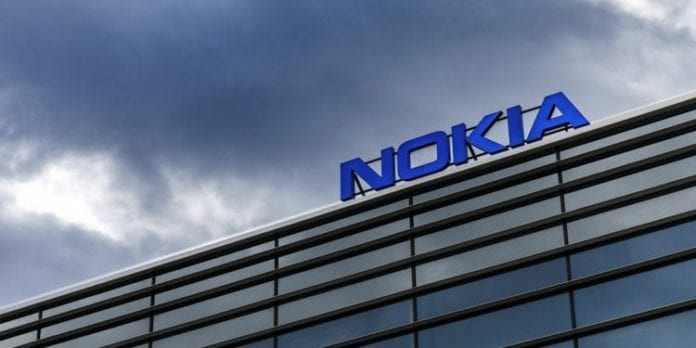Nokia North America CTO sees action around millimeter wave, mid-band and re-farming
Earlier this week Mike Murphy, chief technology officer for Nokia in North America, reviewed 2019 forecasts on a call with company executives. While he couldn’t reveal much in an interview with RCR Wireless News, Murphy said, “The volume expectations are quite high and that’s across all the bands. It’s very significant.”
He said he expects millimeter wave launches in the first quarter, which aligns with how Verizon and AT&T are going-to-market with 5G. T-Mobile US is actively deploying its 600 MHz spectrum, although device availability won’t come until the second half of 2019. And Sprint is deploying its 2.5 GHz holdings with chipset availability expected in Q1, “so they’ll also be upfront there,” Murphy said.
“All of that’s pointing to quite an aggressive roll out next year. Perhaps even more aggressive than we were originally thinking in terms of the number of sites being deployed. All the hype about the 5G roll out, it looks like it’s actually going to happen.”
Murphy also discussed 5G adoption as a function of device availability, specifically that early compatible devices will likely come at a premium price tier and Apple may not release a 5G iPhone until 2020. Given the company’s 40% market share in the U.S., “That means the uptake from users will be muted just because of device availability. It’d be quite natural to say that device uptake will be perhaps a little lower next year but then we’ll pick up in 2020.”
Earlier this month, Nokia combined its fixed and mobile network business units, a move that mirrors the network convergence that marks the development and ongoing commercialization of 5G.
“The directions that both were going are quite similar and actually the problems are quite similar,” Murphy said of the move. “Architecturally, wireless is going more and more virtualized with the core first then the RAN later.” On the fixed side, “They’re virtualizing as well. When we overlay the architectures, they look really similar.

